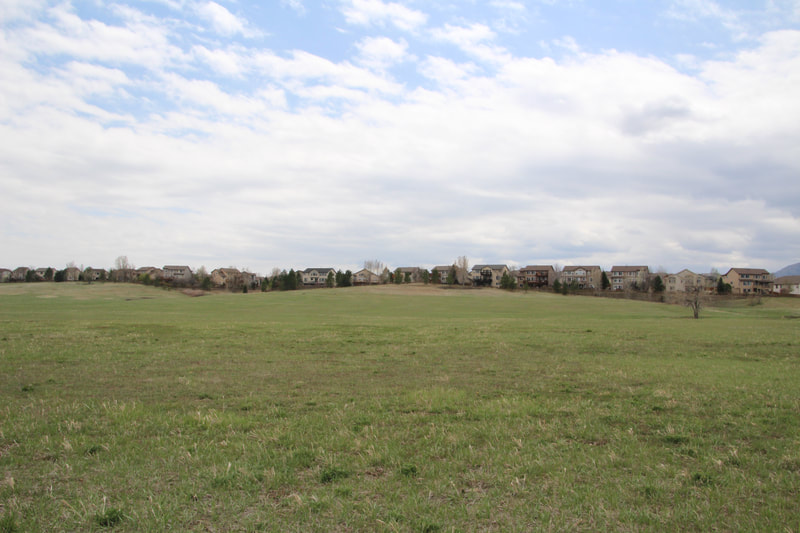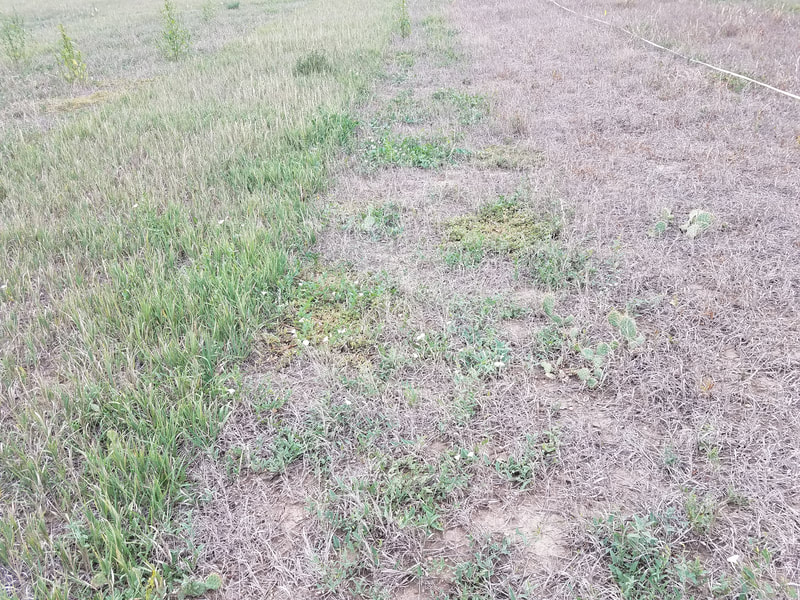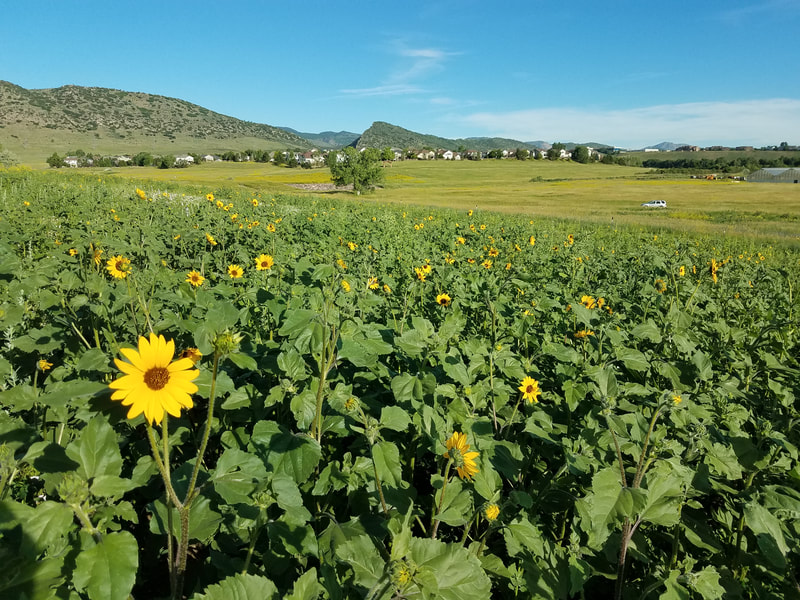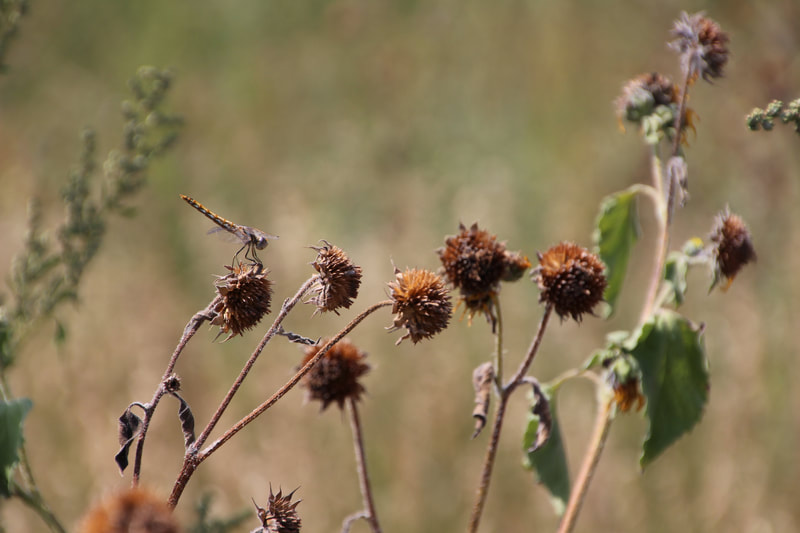Garry oak meadow restoration
The Pacific Northwest is home to the beautiful and unique meadow communities associated with Garry oak (Quercus garryana) and other oak species. These ecosystems have evolved with the care and management of Indigenous communities, and are breathtaking in their species diversity and cultural importance. More than 95% of the historical range has been lost due to land conversion, and the remaining patches are threatened by fragmentation, the loss of traditional fire management practices, a suite of aggressive invasive species, over-browsing, and high pressures of recreational use. Restoration science and practice in these systems is wide-spread, knowledgeable, and still facing many challenges. Our lab is excited to contribute by exploring landscape context of the remaining meadows, ecosystem function and trait-based restoration tools, and plant-soil interactions in restoration success.



